




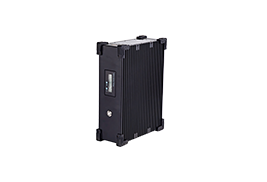
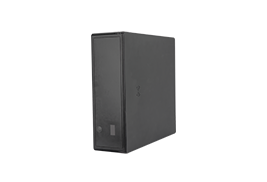
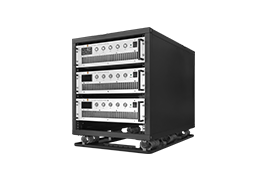
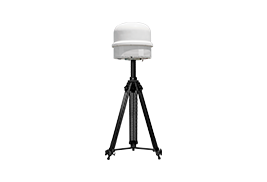
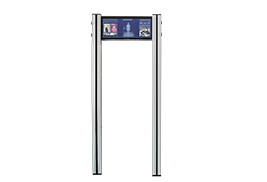
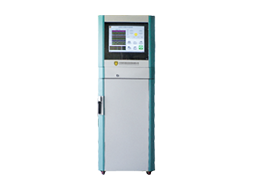


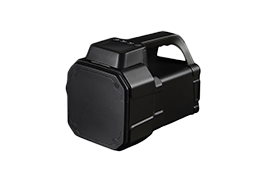
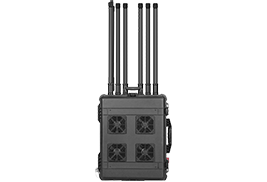
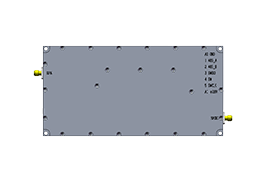
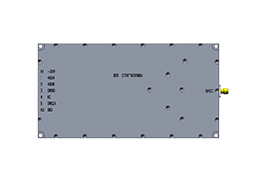
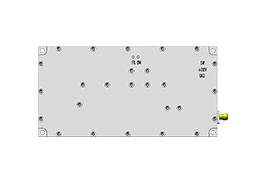
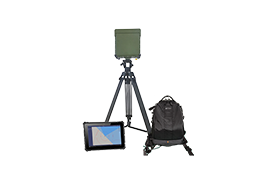

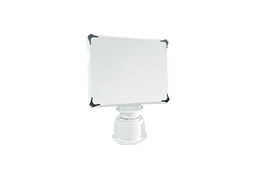
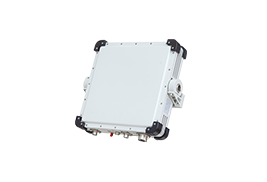



 X
X







 GLOBAL / ENGLISH
GLOBAL / ENGLISH

Anti-recording devices, or audio jammers, are designed to prevent unauthorized audio surveillance by disrupting recording equipment. These devices work primarily through the generation of audio interference that effectively masks or distorts sound within a given environment, rendering recorded audio unintelligible. Here's an overview of how these devices function:
Principle of Operation
Sound Masking: Anti-recording devices produce a masking sound, which is often a white noise or a specially designed sound specifically tuned to the sensitivity of microphones. This noise is usually at a frequency that is particularly disruptive to the microphones' ability to pick up the human voice or other ambient sounds clearly.
Audio Confusion: Some devices use multiple frequencies or variable frequencies to create a type of "audio confusion" rather than just noise. This method is more sophisticated and can be more effective because it covers a broader range of microphone types and recording devices.
Volume and Distribution: The effectiveness of an anti-recording device often depends on the volume of the noise generated and the area coverage. The device needs to be loud enough and evenly distributed enough to cover the area where conversations are happening.
Types of Anti-Recording Devices
White Noise Generators: These are the most common type of anti-recording devices. They generate a constant sound at a specific frequency which can effectively mask other sounds within a room when played at a sufficient volume.
Speech Jammers: These are a type of anti-recording device that delay the audio picked up by a microphone and play it back with a slight delay, causing confusion for the speaker and distorting the recording quality.
Ultrasonic Jammers: These work by emitting ultrasonic waves that are inaudible to humans but can degrade the performance of microphones. The ultrasonic noise is transformed into audible noise when it interacts with the microphone, thereby masking the intended sounds.
Applications
Anti-recording devices are used in various scenarios where privacy is crucial, such as in private meetings, confidential business discussions, and secure government facilities. They are particularly useful in preventing industrial espionage and protecting sensitive information from being leaked through audio recordings.
While effective in many situations, the use of anti-recording devices must be considered carefully, as they can interfere with legitimate recording needs and may be subject to legal restrictions depending on local laws regarding privacy and surveillance. Always ensure that their use complies with legal standards and is ethically justifiable.












